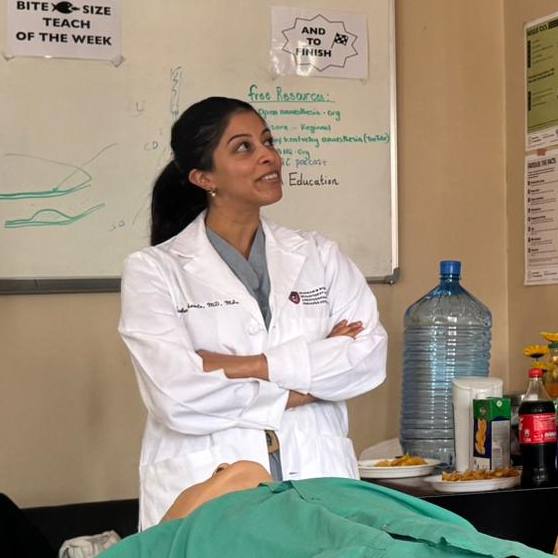-
New Technique to Pinpoint Seizure Location and Improve Surgical Outcomes
Mayo Clinic researchers have developed a new technique known as STATISCOM to identify seizure origins in the brain. The increased accuracy of STATISCOM over the SISCOM technique, used previously, improves surgical accuracy and increases probability of seizure freedom for patients with epilepsy. The new technique will be described in the January 2010 issue of Neurology.
Epilepsy is a disorder characterized by the occurrence of two or more seizures, and it affects more than 3 million Americans. About 10 percent of patients with epilepsy have very frequent seizures that are not controlled by medication and adversely affect their quality of life, says Elson So, M.D., a Mayo Clinic epileptologist and an author of this paper. These patients should be evaluated for epilepsy surgery. In doing so, it is imperative that we can clearly and distinctively pinpoint seizure location in the brain. In many cases, the standard tests of MRI and EEG cannot do so.
Mayo Clinic researchers had previously developed SISCOM, or subtraction ictal SPECT coregistered to MRI, as a tool for epilepsy surgery evaluation. In this method, a SPECT, or single-photon emission computerized tomography, scan taken during a seizure is compared with a resting scan. The differences in the two scans are mapped onto an MRI, highlighting the active seizure area(s). Mayo Clinic researchers understood that a limitation of SISCOM is that it does not account for the normal variation in blood flow in a patients brain from minute-to-minute. This led to the development of STATISCOM, or statistical ictal SPECT coregistered to MRI. STATISCOM adds the step of considering these normal ariations, and factors this into the subtraction process. The result is a more accurate identification of the active seizure area(s) in a patients brain.
Every individuals brain waves, blood flow and heart rate vary from minute to minute, even second to second, says Dr. So. By recognizing this with STATISCOM, we are able to show a result that is much more distinctive and clear with regard to seizure localization. In fact, the accuracy of the hot spot within the temporal lobe is nearly three times better with STATISCOM than with SISCOM.
In a Mayo Clinic study comparing SISCOM and STATISCOM, the ability of blinded reviewers to detect an abnormality with STATISCOM was two times better than their ability to detect the same abnormality with SISCOM.
If we are able to pinpoint seizure location with STATISCOM, and if that finding corresponds with the patients MRI and EEG studies, the likelihood of that patient benefiting from surgery is about twice greater than if the seizures cannot be localized with these means, says Dr. So. Thus, STATISCOM is a powerful tool that will help us improve surgical accuracy and increase the probability of seizure freedom in our patients.







